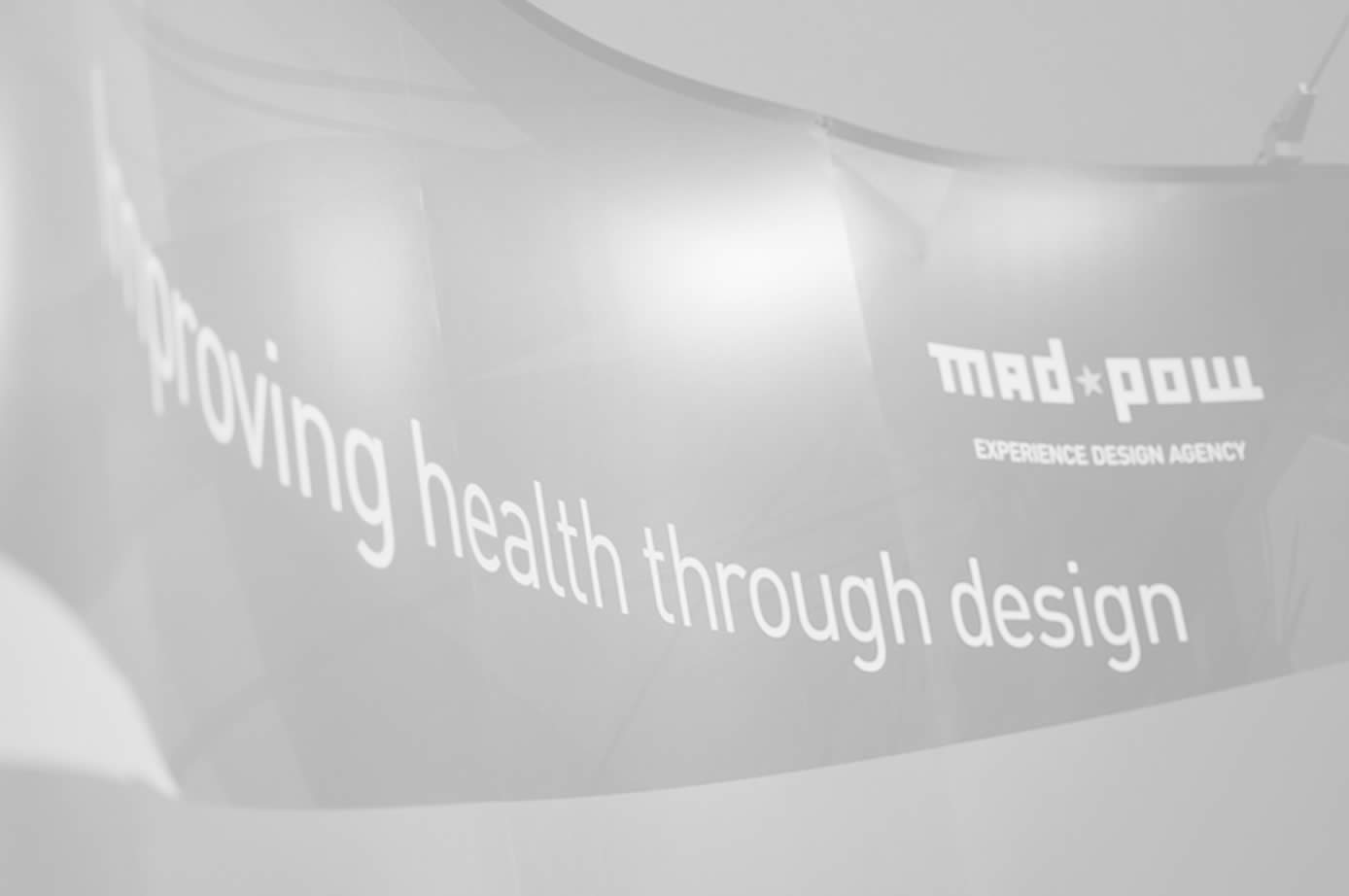About Me
Currently the Senior User Experience Researcher at Regence Blue Cross Blue Shield, Janna C. Kimel has been practicing design and design research since 1991. Her current role ensures that the organization?s digital assets are intuitive and easy to use by members, professional segments and employees. Prior to that, Janna was the principal of a small consultancy, third brain studio, llc, where she focused on healthcare and technology and partnered with innovative agencies such as Ziba, IDEO, Lunar, and health care companies including EnteroMedics, Providence, and the Oregon Museum of Science and Industry.
In addition, Janna spent several years working with Intel?s Digital Health Group where she developed technology to help seniors stay in their homes as long as possible. Projects included contextually aware medication reminders and the Intel Health Guide 6000, a telehealth device for seniors with chronic disease. Early in her career, Janna could be found in theatrical costume shops and running a business making adaptive apparel for seniors and people with special needs. She has published and presented on motivation, behavior change, user research and wearable technology. She is a ramblin' wreck with a master?s degree in industrial design from Georgia Tech.





